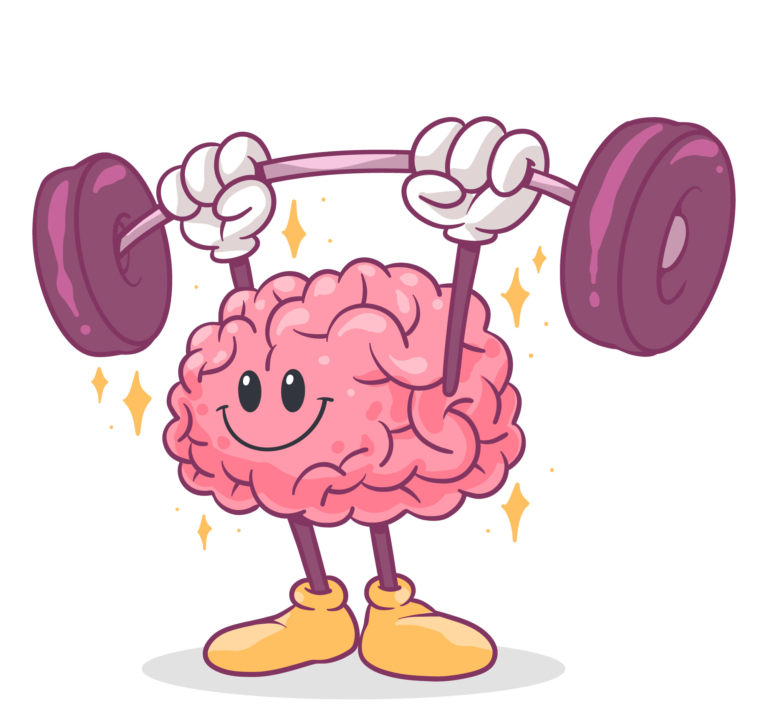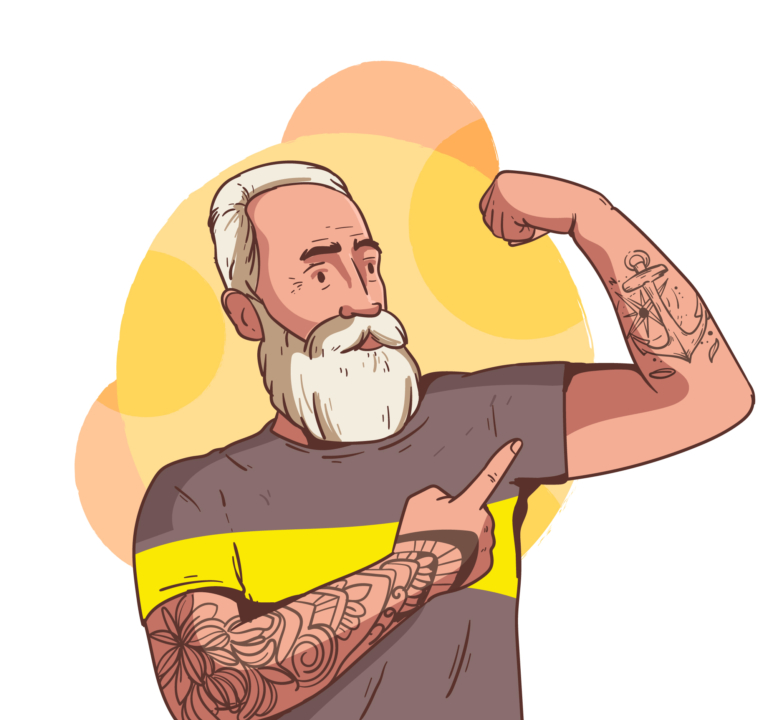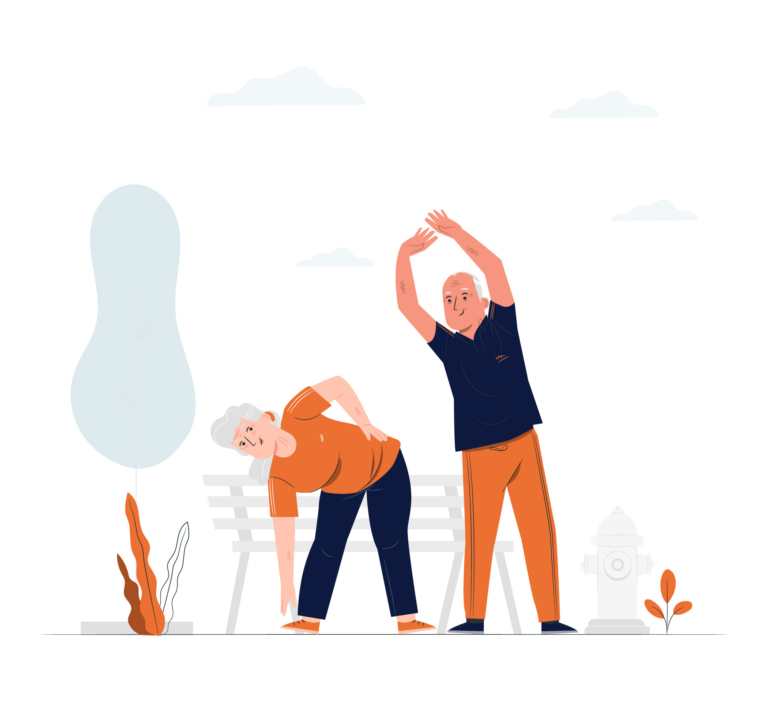NECK STRENGTH: the forgotten Core

Whether bracing against impact or keeping posture in check, this small structure quietly shapes how we move, feel, and perform.
Forgotten Structure, Big Impact
The cervical spine’s 7 vertebrae and the 20 neck muscles are constantly firing in a delicate balancing act: protecting the brain from sudden impacts and controlling the head’s flexion & rotation in all axes.
That matters. Strong neck muscles absorb shock and reduce head acceleration under impact. Beyond protection, cervical structures provide constant proprioceptive feedback and fine-tune movement. Just recall the last time you woke up with a stiff or sore neck to reframe its influence on full body movements.
While concussions get the headlines, neck strength is emerging as a proactive strategy to prevent injuries that also pays dividends outside the playing field.
A strong and reactive neck is both shock absorber and gyroscope – protecting the brain under impact while guiding movement.
On The Frontline
Interest in neck strength and agility is rising across sports and performance labs, and neck training protocols are being integrated into athletes’ programs.
Today, athletes’ necks are being profiled for absolute contractile & resistance strengths, asymmetries, reaction time, and range of motion – forward, backward, lateral flexion, and rotation.
And strikingly, these measures show association with functional outcomes:
- Stronger necks reduce linear and rotational head accelerations.
- Anticipatory bracing lowers whiplash severity.
- Neck size and strength correlate with fewer concussions and better cognitive outcomes.
But athletes aren’t the only ones who stand to benefit.
Beyond the Arena: Everyday Benefits
The neck has far-reaching implications. Weak, tense or misaligned cervical structures are tied to postural issues, vertigo, (cervical) tinnitus, and even conditions linked to vagal nerve irritation – e.g. anxiety, fatigue, and chronic headaches.
These issues affect everyone, but age-related loss of muscle tone, overweight and sedentarity compound the risk. When the neck loses strength and pain arises, confidence in movement drops, as observed by impaired mobility and functional tasks with reduced cervical proprioception.
Neck pain is one of the most common musculoskeletal issues worldwide, and forward-head posture – or tech neck – has become a modern epidemic. And although evidence is sparse, targeted neck strengthening as part of a well-planned holistic training program can plausibly improve outcomes and reduce falls in older adults.
In short: neck strength(ening) is not just for high-impact sports. It’s everyday posture, pain prevention and long-term well-being.
Smarter Training Devices
Traditionally, neck training has been crude: head harnesses, isometric holds against manual resistance or weights. Effective, but hard to standardize and monitor.
Thankfully, smarter tools are emerging. Force monitoring devices such as VALD ForceFrame provide objective neck profiling. Smart training devices such as Kinmetrix 360-axis strengthening & monitoring equipment, to Iron Neck, NecksLevel and TopSpin360; all try to take the guesswork out of neck training.
Many hurdles remain. Sports-specific protocols and clear performance targets are still undefined - as are age-appropriate ranges for neck strength and mobility.
The wide-ranging benefits of proper neck training point to a large, untapped market, signaling strong potential for growth in the future. The question. What’s holding the market back?
Bottleneck: From Awareness to Access
Neck strength connects three of the fastest-growing areas in health: brain health, musculoskeletal wellness, and postural control. Yet it remains overlooked.
The challenge now isn’t proving its value – it’s making training accessible, engaging, and safe. Most smart devices hardly make it outside elite performance labs, and neck training still feels niche or awkward in a typical gym setting.
What’s needed: greater awareness for therapists and trainees; and simpler, more attractive and ergonomic tools for mainstream gyms and homes.
In the weight room: Structured neck training should follow a periodized approach:
- Foundation phase: build familiarity with exercises.
- Strength phase: develop maximal isometric capacity, targeting 80–100% of 1-RM.
- Sport-specific phase: transfer abilities to sport-specific demands.
In daily life, build micro-habits. Notice your head and neck posture when sitting, scrolling or moving. Add regular postural corrections and simple band-resisted tilts to warm-up routines.
Small cues like these can reframe the neck from an afterthought to a cornerstone of resilience – the cherry on top of any health routine.















